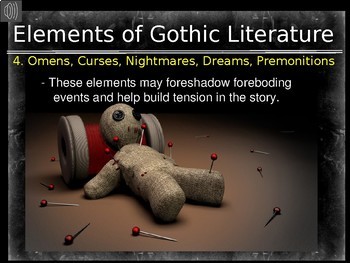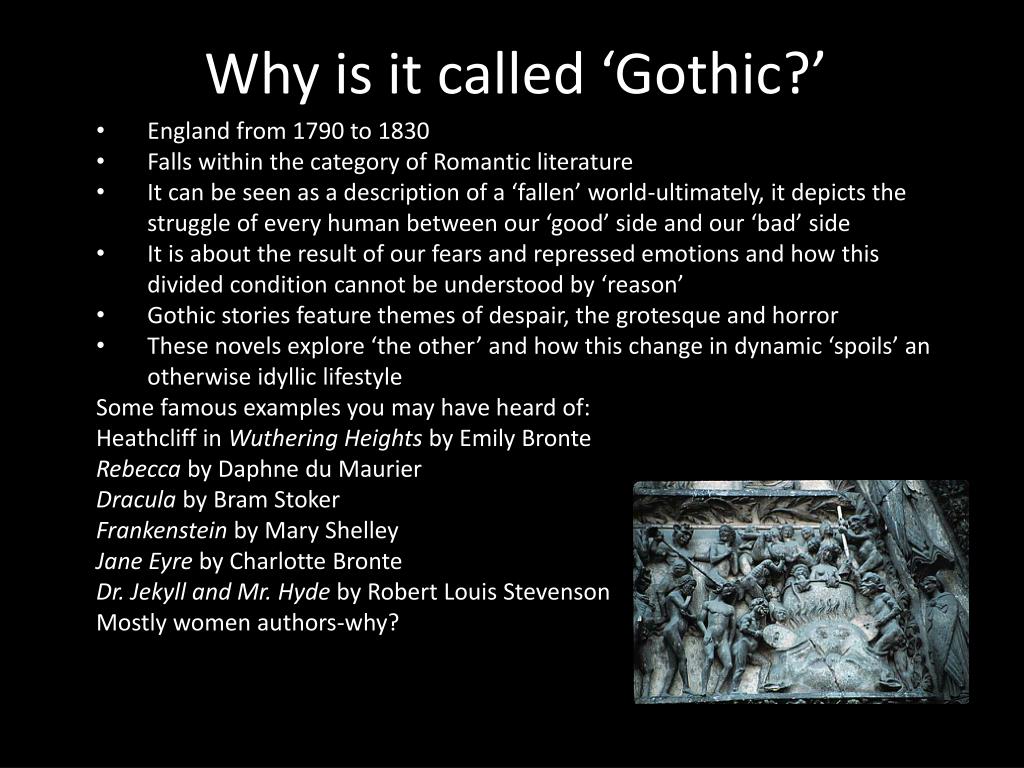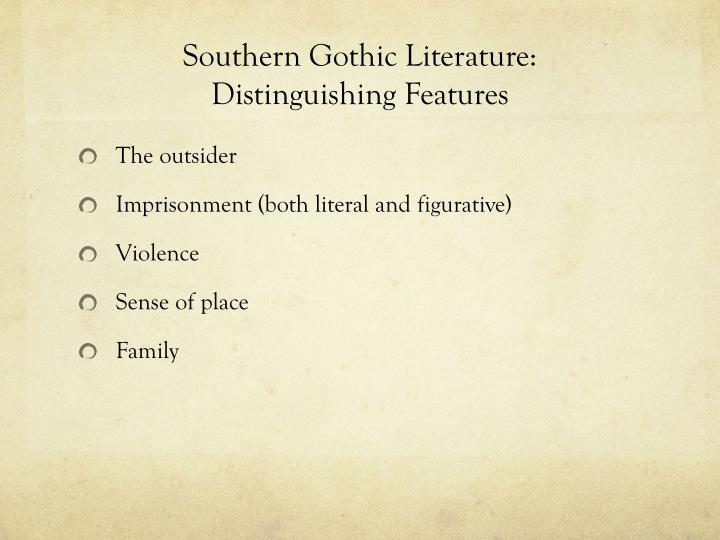
So which words should we count? Should every word on the list be included? ‘Rose’ is a great example: it can be a noun, adjective, or verb, as demonstrated in the gif below. ‘rose’ != ‘rose’ != ‘rose’Įnglish is a tricky language, with many words that sound the same meaning different things and many words that look the same meaning different things depending on their context.

Now we knew what we were looking for, but generating an accurate analysis was about more than simply counting these color words.

For example, ‘glass’ is categorized as a greyish green, not pale blue or clear as we may think of it today.

There were also some instances where the way words were categorized reflected a historical state of familiar things. This gave us a dictionary of 980 pre-WWI color words ranging from the familiar, like blue (first usage in 1300), crimson (1416), or jet (1607), to the uncommon, like corbeau (1810, dark green), damask (1598, pink) or ochroid (1897, pale yellow). It lists color words used in English and primarily in Europe, the year of each one’s first recorded use, and its color family.Īfter adding some html color names based on color grouping to our csv file of the original data set I read a csv file with the Historical Thesaurus data into a short function and eliminated everything that came into usage after 1914, since it’s not clear from the data when words fell out of usage. Rather than guess about historical color words, we turned to the Oxford English Dictionary’s Historical Thesaurus (hereafter the Historical Thesaurus). The challenge here was that both the vocabulary used to describe color and the actual coloring of objects themselves were different in the gothic era than in present day. The first step in the project was to define which color words we were looking for. To follow along using Phantom of the Opera as an example text, take a look at the companion Jupyter Notebook on Github. Through some pretty straightforward counting and matching techniques, we were able to find several interesting patterns that challenged my gloomy picture of “gothic”. Originally a quick Python project for a Sunday afternoon, my journey attempting to answer Caroline’s question eventually turned into a talk at P圜on. Could I write a short script to count and analyze color words within her corpus? This post details my first experience with the digital humanities - applying simple computational tools programmers use every day to the data relevant to traditional humanities disciplines. Caroline had a hunch that gothic literature was more vibrant than most people thought, but lacked the quantitative background to analyze her large data set. She had assembled a corpus of 134 works of European Gothic literature that had been written or translated into English, ranging from the 18th century to the early 20th. Or vampires with all of the above.Ībout a year ago, Caroline Winter, a PhD student at the University of Victoria, emailed me with a question. Or very morose, pale people wearing black capes and veils.

Or perhaps foreboding skies rolling over said castle. Maybe you picture ornate stone architecture of a castle with gargoyles. Most people – myself included – associate that word with the dark, mysterious, and even frightening. If someone says “gothic” to you, do you think of the lush rolling countryside or a sunny day?Ĭhances are you don’t.


 0 kommentar(er)
0 kommentar(er)
